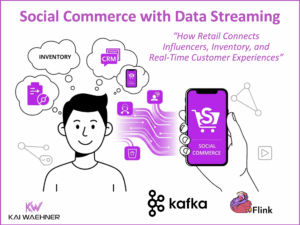Last week, I gave a talk at a German conference (Karlsruher Entwicklertag 2015) about Microservices. The following slide deck shows plenty of different technologies (e.g. REST, WebSockets), frameworks (e.g. Apache CXF, Apache Camel, Puppet, Docker) or tools (e.g. TIBCO BusinessWorks, API Exchange) to realize Microservices.
Abstract: How to Build Microservices
Microservices are the next step after SOA: Services implement a limited set of functions. Services are developed, deployed and scaled independently. This way you get shorter time to results and increased flexibility.
Microservices have to be independent regarding build, deployment, data management and business domains. A solid Microservices design requires single responsibility, loose coupling and a decentralized architecture. A Microservice can to be closed or open to partners and public via APIs.
This session discusses technologies such as REST, WebSockets, OSGi, Puppet, Docker, Cloud Foundry, and many more, which can be used to build and deploy Microservices. The main part shows different open service frameworks and tools to build Microservices on top of these technologies. Live demos illustrate the differences. The audience will learn how to choose the right alternative for building Microservices.
Key Messages: Integration, Real Time Event Correlation, TCO, Time-to-Market
I used three key messages within my talk to explain the complexity and variety of different Microservice concepts:
–Integration is key for success of Microservices
–Real time event correlation is the game changer
–TCO and Time-to-Market are major aspects for tool selection
Slide Deck
Here is the slide deck, which I presented at Karlsruher Entwicklertag in Germany:
Click on the button to load the content from www.slideshare.net.






